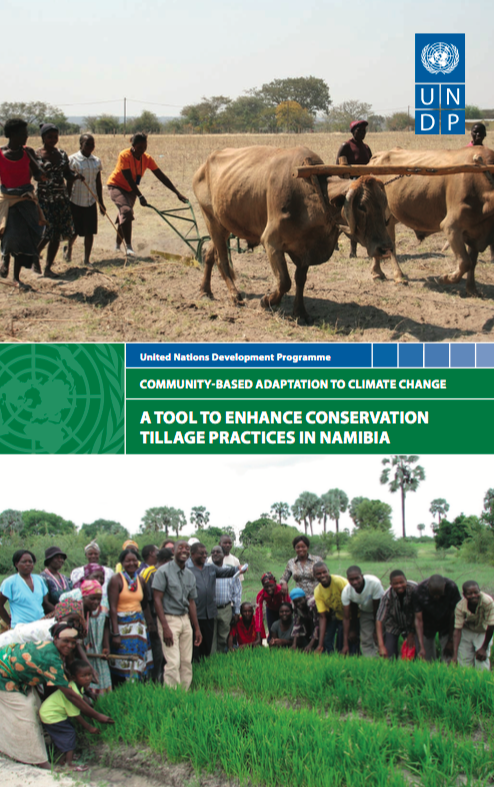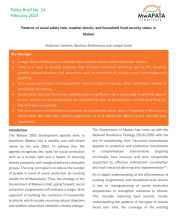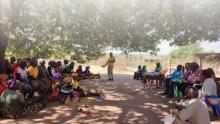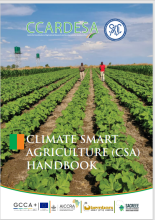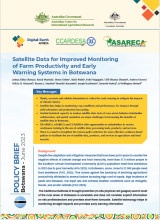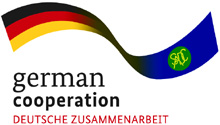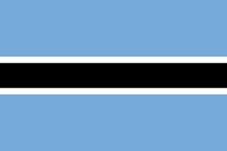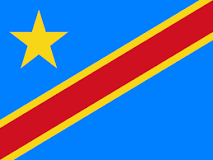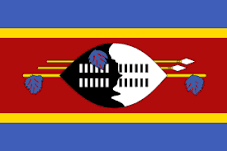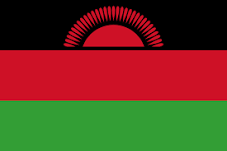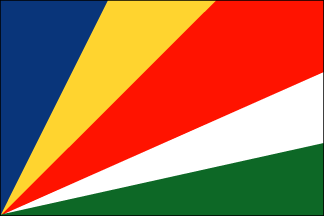Local climate change and its variability pose greater risks for vulnerable, poor, and marginalized communities due to the physical impact it makes there. Since 2009, the UNDP-GEF CBA project in Namibia has been working with 12 villages that are facing a number of key problems that stemfrom extreme local climate events (e.g. pronounced droughts and floods, rising and variable temperatures, increasingly unpredictable rainfall patterns and amounts, severe land degradation leading to loss of productive arable land and range, loss of livestock, as well as high levels ofdeforestation and over utilization of natural resources).
The agricultural sector in Namibia is particularly affected by climate change. Droughts and erratic rains, interspersed with floods that originate in Angola, plague the northern side of the country and leave brittle, nutrient-poor soil, which renders farm lands unproductive. This negatively affects food, water security and general livelihoods due to failed harvests, and decreases livestock numbers and products. The UNDP-GEF CBA project is working to safeguard livelihoods by encouraging target communities to improve farm gate incomes, diversify the sources of other farm-based incomes, and properly utilize farmlands. The CBA project is also working with communities to build resilience and adaptive capacity to climate change in agro-pastoral communities and to foster community participation in the identification of climate drivers, risks and adaptive solutions. The target group is comprised of the most vulnerable community members, including women and children, that depend on rain-fed agriculture (e.g. planting pearl millet, maize, sorghum, ground nuts and cowpeas), natural resources (e.g. collecting fruit and oil from the wild), and livestock rearing for both subsistence and cash incomes in the semi-arid areas of northern Namibia. The first step, and short-term objective of the project, is to enlist community participation in the vulnerability assessment and solutions-generation stage by bringing members together to identify the climate change drivers, risks and adaptive solutions. The project uses a vulnerability reduction assessment method to assist communities, through a participatory process, in determining an appropriate plan of action. This is done through cohesive social groups and trainings before piloting projects.
UNDP GEF. (2015). A Tool to Enhamce Conservation Tillage Practices in Namibia.

